Yi-Wei Chen
Schema Lineage Extraction at Scale: Multilingual Pipelines, Composite Evaluation, and Language-Model Benchmarks
Aug 10, 2025Abstract:Enterprise data pipelines, characterized by complex transformations across multiple programming languages, often cause a semantic disconnect between original metadata and downstream data. This "semantic drift" compromises data reproducibility and governance, and impairs the utility of services like retrieval-augmented generation (RAG) and text-to-SQL systems. To address this, a novel framework is proposed for the automated extraction of fine-grained schema lineage from multilingual enterprise pipeline scripts. This method identifies four key components: source schemas, source tables, transformation logic, and aggregation operations, creating a standardized representation of data transformations. For the rigorous evaluation of lineage quality, this paper introduces the Schema Lineage Composite Evaluation (SLiCE), a metric that assesses both structural correctness and semantic fidelity. A new benchmark is also presented, comprising 1,700 manually annotated lineages from real-world industrial scripts. Experiments were conducted with 12 language models, from 1.3B to 32B small language models (SLMs) to large language models (LLMs) like GPT-4o and GPT-4.1. The results demonstrate that the performance of schema lineage extraction scales with model size and the sophistication of prompting techniques. Specially, a 32B open-source model, using a single reasoning trace, can achieve performance comparable to the GPT series under standard prompting. This finding suggests a scalable and economical approach for deploying schema-aware agents in practical applications.
ACE: Adaptive Constraint-aware Early Stopping in Hyperparameter Optimization
Aug 04, 2022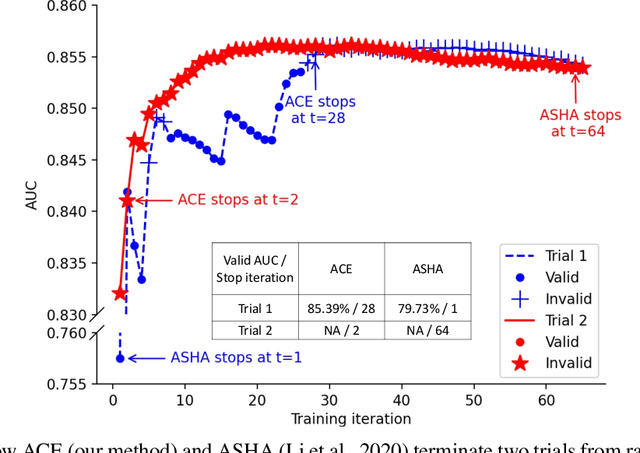
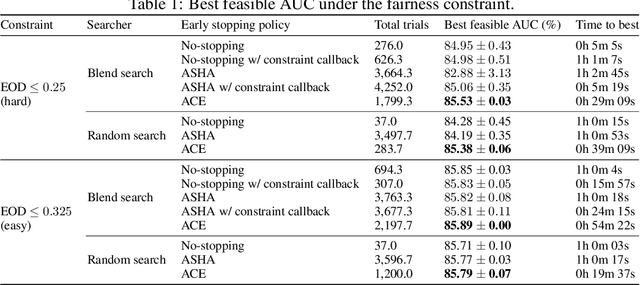
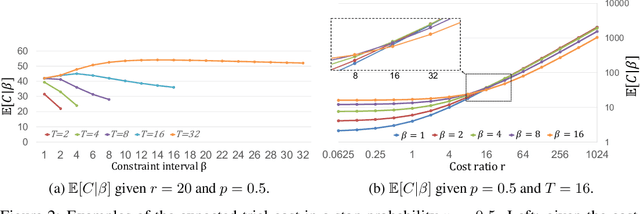

Abstract:Deploying machine learning models requires high model quality and needs to comply with application constraints. That motivates hyperparameter optimization (HPO) to tune model configurations under deployment constraints. The constraints often require additional computation cost to evaluate, and training ineligible configurations can waste a large amount of tuning cost. In this work, we propose an Adaptive Constraint-aware Early stopping (ACE) method to incorporate constraint evaluation into trial pruning during HPO. To minimize the overall optimization cost, ACE estimates the cost-effective constraint evaluation interval based on a theoretical analysis of the expected evaluation cost. Meanwhile, we propose a stratum early stopping criterion in ACE, which considers both optimization and constraint metrics in pruning and does not require regularization hyperparameters. Our experiments demonstrate superior performance of ACE in hyperparameter tuning of classification tasks under fairness or robustness constraints.
BED: A Real-Time Object Detection System for Edge Devices
Feb 14, 2022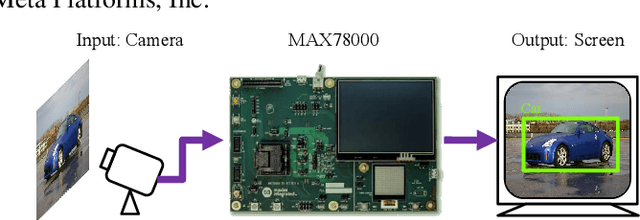



Abstract:Deploying machine learning models to edge devices has many real-world applications, especially for the scenarios that demand low latency, low power, or data privacy. However, it requires substantial research and engineering efforts due to the limited computational resources and memory of edge devices. In this demo, we present BED, an object detection system for edge devices practiced on the MAX78000 DNN accelerator. BED integrates on-device DNN inference with a camera and a screen for image acquisition and output exhibition, respectively. Experiment results indicate BED can provide accurate detection with an only 300KB tiny DNN model.
SurpriseNet: Melody Harmonization Conditioning on User-controlled Surprise Contours
Aug 24, 2021



Abstract:The surprisingness of a song is an essential and seemingly subjective factor in determining whether the listener likes it. With the help of information theory, it can be described as the transition probability of a music sequence modeled as a Markov chain. In this study, we introduce the concept of deriving entropy variations over time, so that the surprise contour of each chord sequence can be extracted. Based on this, we propose a user-controllable framework that uses a conditional variational autoencoder (CVAE) to harmonize the melody based on the given chord surprise indication. Through explicit conditions, the model can randomly generate various and harmonic chord progressions for a melody, and the Spearman's correlation and p-value significance show that the resulting chord progressions match the given surprise contour quite well. The vanilla CVAE model was evaluated in a basic melody harmonization task (no surprise control) in terms of six objective metrics. The results of experiments on the Hooktheory Lead Sheet Dataset show that our model achieves performance comparable to the state-of-the-art melody harmonization model.
AutoVideo: An Automated Video Action Recognition System
Aug 10, 2021

Abstract:Action recognition is a crucial task for video understanding. In this paper, we present AutoVideo, a Python system for automated video action recognition. It currently supports seven action recognition algorithms and various pre-processing modules. Unlike the existing libraries that only provide model zoos, AutoVideo is built with the standard pipeline language. The basic building block is primitive, which wraps a pre-processing module or an algorithm with some hyperparameters. AutoVideo is highly modular and extendable. It can be easily combined with AutoML searchers. The pipeline language is quite general so that we can easily enrich AutoVideo with algorithms for various other video-related tasks in the future. AutoVideo is released under MIT license at https://github.com/datamllab/autovideo
Techniques for Automated Machine Learning
Jul 21, 2019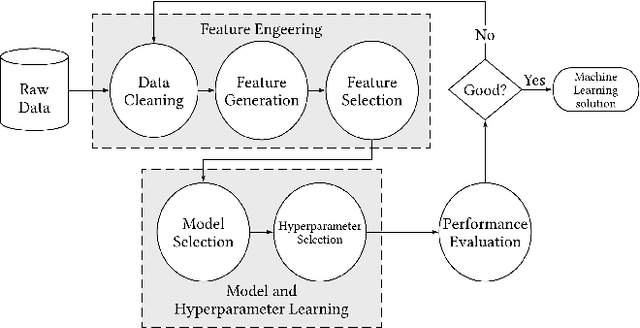

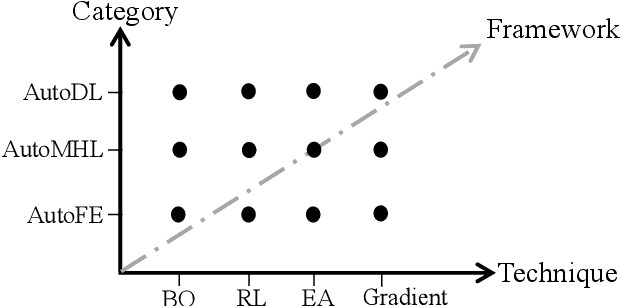

Abstract:Automated machine learning (AutoML) aims to find optimal machine learning solutions automatically given a machine learning problem. It could release the burden of data scientists from the multifarious manual tuning process and enable the access of domain experts to the off-the-shelf machine learning solutions without extensive experience. In this paper, we review the current developments of AutoML in terms of three categories, automated feature engineering (AutoFE), automated model and hyperparameter learning (AutoMHL), and automated deep learning (AutoDL). State-of-the-art techniques adopted in the three categories are presented, including Bayesian optimization, reinforcement learning, evolutionary algorithm, and gradient-based approaches. We summarize popular AutoML frameworks and conclude with current open challenges of AutoML.
 Add to Chrome
Add to Chrome Add to Firefox
Add to Firefox Add to Edge
Add to Edge